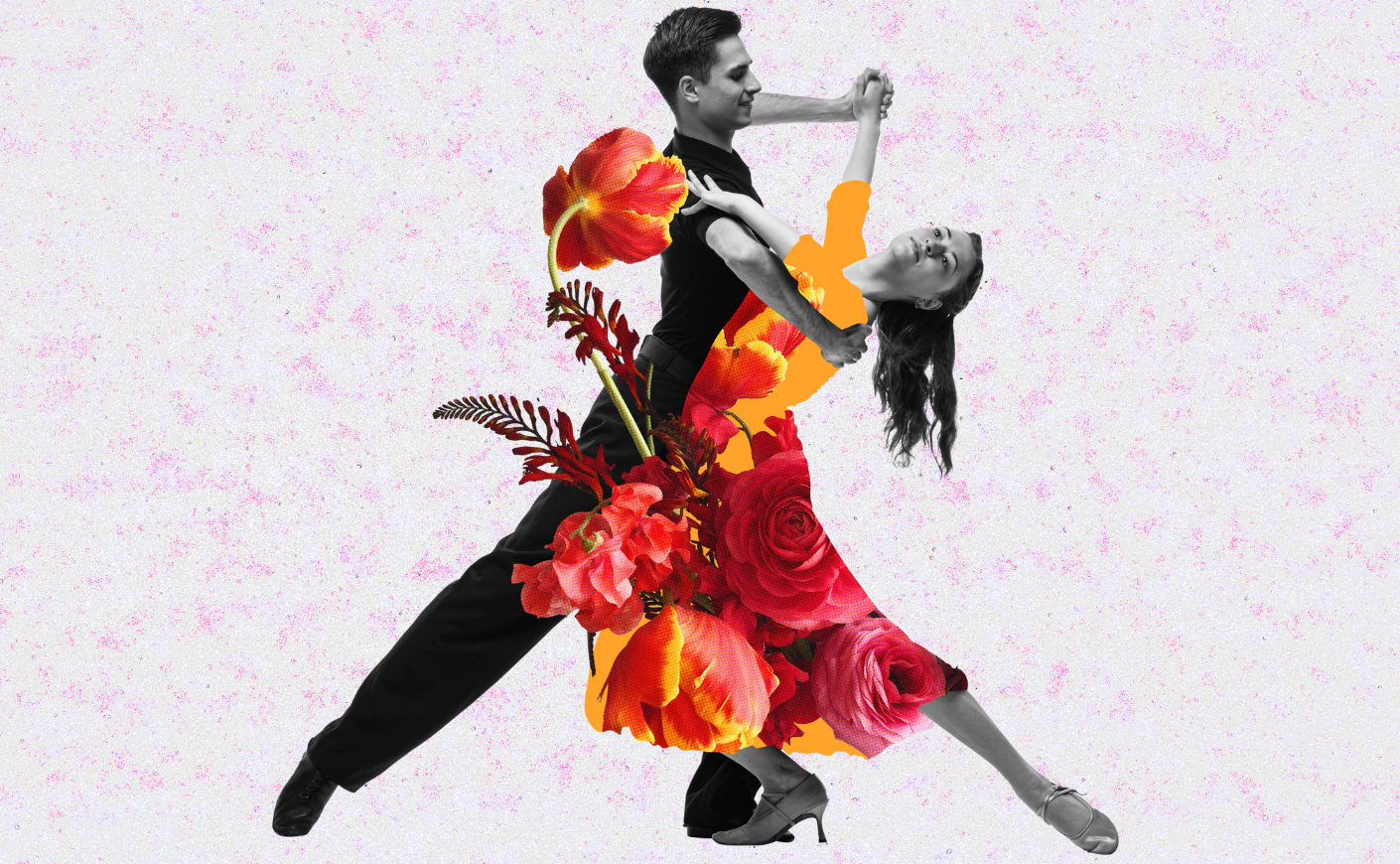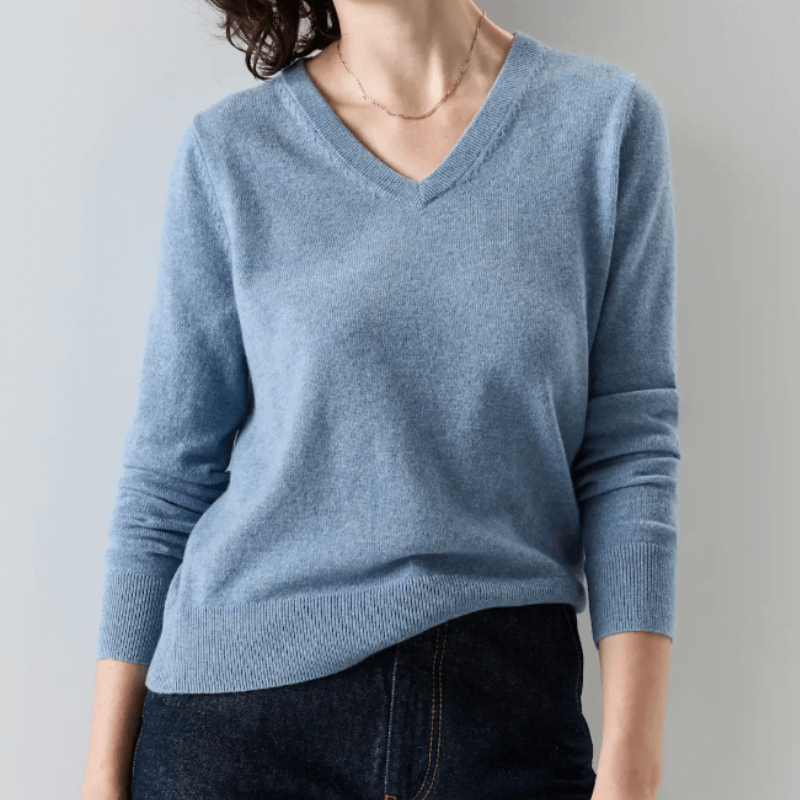The very first time I took a ballroom dance lesson, I was personally motivated. I was single at the time, and I thought to myself, I think I'm a decent leader, but I know I'm not a great follower. I hope to be married one day, and in a partnership, I'll have to know how to take someone else’s lead occasionally — I should probably work on that.
And knowing how and when to follow doesn’t just benefit romantic relationships. It might sound counter-intuitive, but the best leaders are actually great followers. That’s because to be good at following you must excel at listening, observing, asking questions, intuiting, adapting, and aligning with others in order to achieve success. These are the same attributes that the best leaders exhibit in order to discern, meet people where they are, and navigate them to the next level or sometimes in a totally new direction. Leadership is best when there’s flow, not when there’s a tug of war.
I ruminated on the question, “How might I become a better follower?” for about three months, trying to think of fun ways to gain this skill. And then a eureka moment hit me: I thought, “I'll learn the tango!”
Dance is not entirely new to me. My mother first put me into a Horton technique modern dance class when I was four years old. I've continued to dance most of my life, including in my college’s dance company and for a few years after college while living in New York City. Dance, in fact, has saved my life more than once. It has this way of filling me with optimism, hope, and joy while simultaneously grounding me. So, it wasn’t a complete shock that my mind went to dance when I was met with a challenge yet again.
I had vivid, idealized daydreams of myself dancing in sultry, sharp-accented tango twirls and dips with a very alluring partner. Typical of me, I jumped into the deep end and signed up for Argentine tango lessons. At that time, I was totally naive about the distinctions between Argentine tango, international tango, and American tango. I had no idea that, by signing up for Argentine tango, I was diving into the most nuanced of tangos. Argentine tango has lots of subtleties. It’s a stunning dance, and amongst the three, it requires the greatest amount of understanding of how to blend intuition and technique.
My first few months of tango lessons were challenging. Beyond learning the floor pattern, the hardest part for me (and, if I’m honest, it still is) was not to “back-lead.” This is a tendency some of us natural leaders have to try and lead the leader. Interestingly, the more I relaxed into my body, the better I became at allowing myself to be led. It required a different type of listening I hadn’t yet developed.
While some might be deterred by such a challenge, it was these intricacies that kept me coming back. I became obsessed with tango. I fell in love with fishnet stockings and the fringed skirts I scoured Amazon for. I would get dressed up and attend milongas (tango dance parties) among various tango communities in Philadelphia.
About three months after I started taking tango lessons, I was introduced to my husband, John, on a blind date.
Bravery Before Mastery
After John and I got married, my ballroom dance life petered off. In all fairness to myself, I did have a lot going on at the time. I became a stepmom; moved into a new house, which had to become a home; earned a Ph.D. while working full time; and then founded a unique strategic design MBA program at the university where I taught.
Fast-forward 10 years to five months before my 50th birthday. I announced to John that for my 50th, I wanted to host my very own dance recital. I would perform three pieces in it: a foxtrot, a salsa (both performed with my instructor), and a group hip-hop dance. Remember that at that point, I had not taken one ballroom dance lesson in about eight years. The only structured dancing I’d been doing was hip-hop classes.
John thought I was nuts to take on this challenge, but I sent out the invitations.
I only doubted my decision a few times. But as soon as I got back to dance, I was reminded of why I’m always drawn to it when I’m seeking growth: It’s a creative way to sharpen basic and valuable skills — such as commitment, repetition, discipline, and focus in order to inch toward prowess incrementally — that can be applied to all aspects of life
Despite the fact that I knew nothing about the foxtrot and wasn’t a skilled salsa dancer, my confidence level remained mostly intact leading up to the big event.
The recital went off without a hitch, thanks in large part to my amazing ballroom and hip-hop dance teachers. All in all, I was in an incredible state of flow that evening. I was so happy and joyous to celebrate my half-decade of life through dance.
Life Lessons
For me, the intense practice leading up to my 50th birthday recital encapsulated the golden lessons I’ve gained from dance.
Fast-forward to the present day, and I've been consistently studying ballroom for four years. It’s been a fantastic recommitment. Not only is ballroom dance fun, but it's so intriguing, thanks to a wide variety of techniques within the three basic categories of smooth, rhythm, and Latin.
At this stage, I have a multidisciplinary approach to ballroom: I’ve accepted that I'm not a huge fan of traditional smooth styles, and I really love and am ignited by Latin (Cha Cha, rumba, salsa, bachata) and rhythm (West Coast Swing and the hustle). Moving my body brings me joy, but it also benefits my mind. Here’s how:
- Attention: I’m naturally a very big picture person, not particularly good at the minutiae. However, studying dance has required me to pay attention to and practice the details like arm placement, executing a pivot versus a turn, and head positioning. This newfound attention to detail has transferred to other areas of my life. In class the other day, my instructor, Nodari, advised me not to rush. “You’re not late; you’re on time,” he said. On that particular day, I had been feeling like I needed to keep up with the Joneses, and hearing that critique helped me snap out of it. Flexing my attention to detail muscles in dance has also helped me get better at paying attention to the financial details of my business.
- Bravery: When we’re children, we embody the expression “bravery before mastery.” But that diminishes the older we get, and it’s a pity. Dance has revived that in me and encouraged me to try stuff even though I’m still an awkward, clumsy student. Bravery is not the absence of fear; it’s trying something in spite of the fear. Being brave before you’re an expert is the only way you’ll advance. And in the process, you learn so much about yourself.
- Cheer: When you’re laughing, you’re fully present. Laughter is a catalyst for the body to secrete serotonin, the feel-good hormone that has cascading health benefits throughout the body. According to the Cleveland Clinic, it can assist with learning, aid in digestion, and regulate mood in the brain. Dance cheers me up, makes me happy, and keeps me laughing — mostly at myself, but whatever works! I’ve cultivated these qualities by becoming a better follower. Following has made me a better collaborator and it’s enhanced my leadership abilities.
If you’re looking for a boost in confidence, a challenge, a brain strengthener, or to improve skills like leading or following, try dance — it can bring out the best in you. I know from experience.
Natalie Nixon, Ph.D., is the CEO at Figure 8 Thinking and the author of The Creativity Leap: Unleash Curiosity, Improvisation and Intuition at Work.












